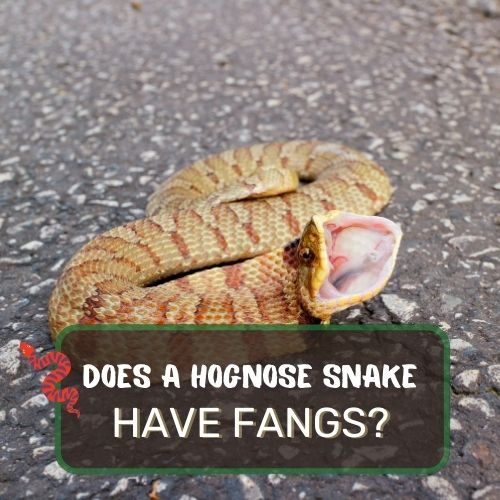
When you hear the question, “Does a hognose snake have fangs?”, what comes to mind?
It’s a question that has intrigued reptile enthusiasts and casual observers alike.
This article delves deep into the world of hognose snakes, shedding light on their unique anatomy, behavior, and the myths surrounding them.
We’ve explored factors like their venomous nature, hunting techniques, and the reality of their bites.
By the end of this read, you’ll have a comprehensive understanding of these captivating creatures and the role their fangs play in their survival.
Dive in and discover the fascinating world of hognose snakes!
Table of Contents
Do Hognose Snakes Have Fangs?
Yes, hognose snakes do have fangs, but they’re not like the fangs you might imagine in typical venomous snakes. Hognose snakes possess rear-facing fangs, located further back in their mouths. These fangs are designed primarily for puncturing and deflating toads, their primary prey. While hognose snakes produce a mild venom, it’s primarily effective against their prey and not harmful to humans.
In fact, their venom isn’t potent enough to cause serious harm to people. So, while they do have fangs and are technically venomous, they’re not considered dangerous to humans.
Are Hognose Snakes Venomous?

Alright, let’s dive right into one of the most debated topics in the reptile world: the venomous nature of hognose snakes.
The Difference Between Venomous and Dangerous
First and foremost, it’s crucial to understand that being venomous doesn’t automatically mean being dangerous. Think of it this way: a chef’s knife is sharp, but in the hands of a professional chef, it’s not dangerous.
Similarly, while hognose snakes produce venom, they aren’t a significant threat to humans. Their venom is primarily designed to subdue their prey, not to fend off giants like us!
The Distinction Between Hognose Snakes and Other Venomous Snakes
Now, when most people hear the term “venomous snake,” they might think of cobras, rattlesnakes, or vipers. Hognose snakes are a different ball game. They belong to the
Colubridae family, which, interestingly, is like the “miscellaneous” drawer of the snake world. While many members of this family are harmless to humans, hognose snakes are among the few that are rear-fanged and mildly venomous.
The Difference Between “Modified Saliva” and Venom
Here’s where things get a tad technical. Some enthusiasts argue that what hognose snakes produce isn’t venom but “modified saliva.” But let’s get real. Evolutionarily speaking, all venom started as modified saliva.
So, whether you call it venom or fancy saliva, the fact remains that it has a purpose: to help the snake with its prey.
The Concern of Labeling Hognose Snakes as Venomous
There’s a genuine concern in the reptile community about labeling hognose snakes as venomous.
Why?
Because it might lead to unnecessary fear, potential harm to these snakes, and even legislative restrictions on keeping them as pets. But education is the key.
By understanding their nature, we can appreciate these fascinating creatures without unwarranted fear.
The Anatomy of Hognose Snake Fangs
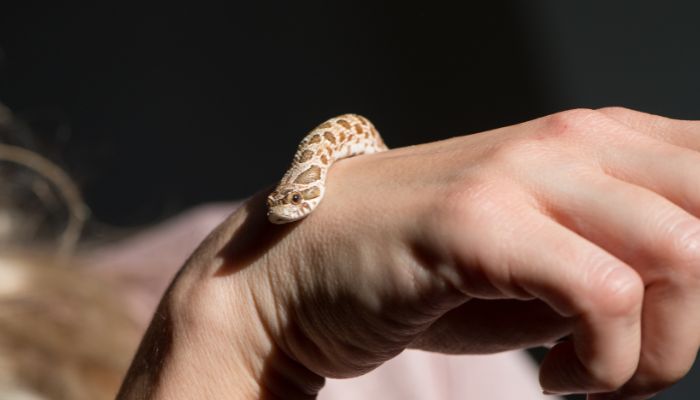
Description of Their Fangs: Small, Faintly Grooved, and Located Under Their Eyes
Imagine a mini version of the fangs you see in horror movies. That’s what hognose snake fangs look like. They’re small, have faint grooves, and are strategically positioned under their eyes.
These fangs aren’t designed for deep penetration but are perfect for their preferred prey: toads.
How Venom is Delivered Through These Fangs
Unlike the hollow fangs of vipers that act like hypodermic needles, hognose snake fangs are solid. The venom flows along the grooves of the fangs, making its way to the prey.
It’s a unique delivery system, quite different from other venomous snakes.
Debunking the Myth: Do They Need to Chew to Inject Venom?
There’s a popular belief that hognose snakes need to chew on their prey to inject venom. While it’s true that they might chew to ensure a good amount of venom is delivered, they don’t necessarily need to chew to envenomate.
Their wide-opening mouths and fang positioning allow them to get a good grip and deliver venom efficiently.
How They Differ from Other Snake Species
Hognose snakes are truly unique. Apart from their rear-facing fangs and mild venom, their upturned snouts make them easily distinguishable. This snout is not just for show; it’s a handy tool for digging in sandy soils.
Description of Duvernoy’s Glands and Their Function
Last but not least, let’s talk about the Duvernoy’s glands. These are the special glands in hognose snakes that produce venom. They’re different from the venom glands you’d find in more venomous snakes.

While they might not produce a potent venom, it’s effective enough for the hognose snake’s needs.
Symptoms and Effects of a Hognose Snake Bite
When it comes to hognose snake bites, there’s a lot of curiosity and, often, a lot of misconceptions. Let’s clear the air.
Typical Reactions to a Hognose Snake Bite
Most people bitten by a hognose snake experience mild symptoms. The bite site might become red and slightly swollen. There could be a tingling sensation, much like a mild bee sting.
Some individuals might also notice slight itching or a warm feeling around the bite. But here’s the thing: for the vast majority, that’s as bad as it gets. No dramatic swelling, no excruciating pain, just a mild reaction that subsides on its own.
The Rare Cases of Significant Symptoms in Humans
Now, while most reactions are mild, there have been a few rare cases where individuals experienced more pronounced symptoms. These can include more extensive swelling, nausea, or even an elevated heart rate.
It’s essential to note that these reactions are the exception, not the rule. Factors like individual sensitivity or an allergic reaction could be at play in these rare cases.
The Difference Between Symptomatic and Dangerous Bites
It’s crucial to differentiate between a bite that shows symptoms and one that’s genuinely dangerous. A symptomatic bite might cause discomfort or mild reactions, but it doesn’t pose a severe threat to human health.
On the other hand, a dangerous bite, like those from some other venomous snakes, can lead to life-threatening conditions. Thankfully, hognose snake bites fall into the former category.
Behavior and Defense Mechanisms
Hognose snakes are the drama queens of the snake world. Their behavior, especially when threatened, is nothing short of theatrical.
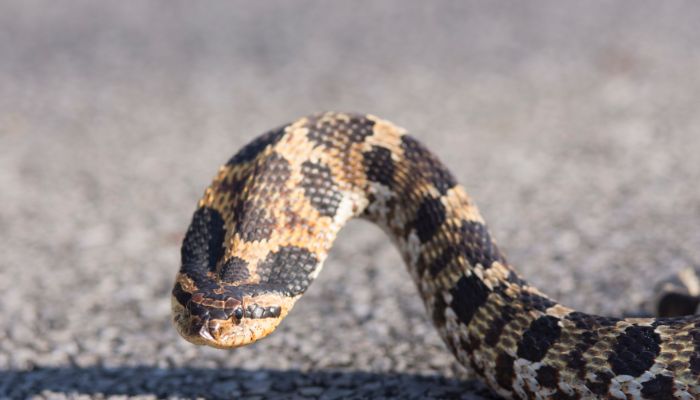
The Hognose Snake’s Unique Bluffing Strategy
When confronted by a potential threat, the hognose snake might hiss loudly and spread its neck, much like a cobra. This bluffing strategy is all about appearing bigger and more menacing than they actually are.
It’s their way of saying, “Back off, or else!”
The Act of Feigning Death
If the bluff doesn’t work, the hognose snake has another trick up its sleeve: playing dead. And they’re Oscar-worthy actors. The snake will roll onto its back, open its mouth, let its tongue hang out, and even emit a foul odor.
To any predator, it appears as if the snake has suddenly died. And what predator wants to eat something that just dropped dead?
The Inflation of the Skin Near Its Head When Threatened
Another fascinating defense mechanism is the ability to inflate the skin near its head. This inflation, combined with the flattened neck, makes the hognose snake appear larger and more intimidating.
It’s all about deterrence, making any potential threat think twice before making a move.
Diet and Hunting Techniques
Hognose snakes, with their upturned snouts and unique fangs, are fascinating creatures not just in appearance but also in their dietary preferences and hunting techniques.
Hognose Snakes’ Preference for Toads
While many snakes have a varied diet, hognose snakes have a particular fondness for toads. These amphibians make up a significant portion of their diet. But toads aren’t easy prey. Many have toxic secretions that deter predators.
So, how does the hognose snake manage to feast on them?
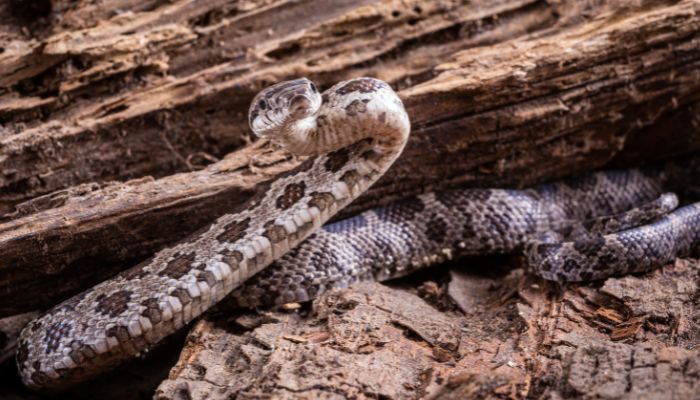
How They Neutralize the Poisonous Skin Secretions of Toads
Nature, in all its wisdom, has equipped the hognose snake with a unique ability to neutralize the toxic secretions of toads. Their saliva contains enzymes that counteract the toxins, rendering them harmless.
This adaptation allows the hognose snake to enjoy its toad meals without any adverse effects.
The Role of Fangs in Their Hunting Strategy
The hognose snake’s fangs play a crucial role in its hunting strategy. These rear-facing fangs are not just for delivering venom. They’re specially designed to puncture and deflate toads, which often puff up as a defense mechanism.
By deflating the toad, the hognose snake can easily swallow its prey without the risk of choking.
The Reality of Hognose Snake Bites
Snake bites, in general, are a cause for concern, but when it comes to hognose snakes, there’s a lot of myth mixed with reality.
The Difference Between a Dry Bite and a Venomous Bite
A “dry bite” is when a snake bites but doesn’t inject venom. It’s more of a warning or defensive bite. Hognose snakes, given their mild nature, often deliver dry bites when threatened.
A venomous bite, on the other hand, involves the injection of venom. With hognose snakes, even venomous bites are typically mild and not medically significant for humans.
Symptoms Associated with Hognose Snake Bites
Most individuals bitten by a hognose snake experience minor symptoms like redness, slight swelling, and a tingling sensation. In rare cases, there might be more pronounced swelling or even nausea.
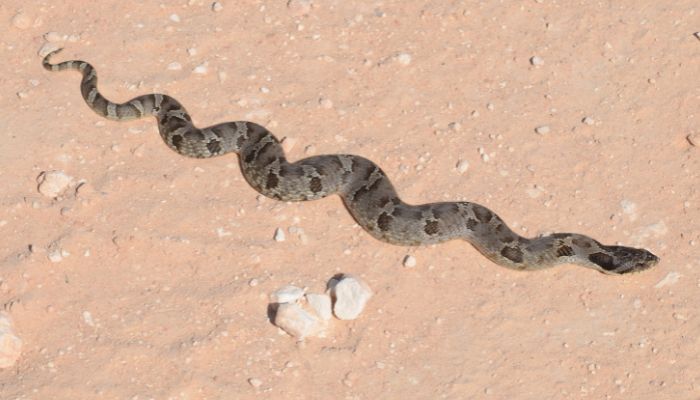
However, severe reactions are the exception rather than the rule.
Debunking Myths: Allergic Reactions vs. Venom Effects
There’s a common myth that reactions to hognose snake bites are allergic reactions. In reality, the symptoms, if any, are due to the mild venom. True allergic reactions to hognose snake bites are extremely rare.
It’s essential to differentiate between the effects of venom and an allergic reaction, as the latter can be more severe and requires different medical attention.
Conclusion
You’ve journeyed through the intricate world of hognose snakes, unraveling the mysteries behind their unique fangs and behaviors.
From understanding the distinction between venomous and dangerous, to diving into their specialized hunting techniques, you’ve gained a comprehensive insight into these captivating reptiles.
It’s essential to remember that knowledge dispels fear. By understanding the true nature of hognose snakes, you can appreciate their role in the ecosystem and debunk common myths.
As you move forward, let this newfound knowledge guide your interactions and discussions about these creatures.
Always remember, the world of nature is vast and wondrous, and every bit of information you gather enriches your perspective. Keep that curiosity alive, and continue exploring the marvels that the animal kingdom has to offer.
Your journey of discovery has only just begun!
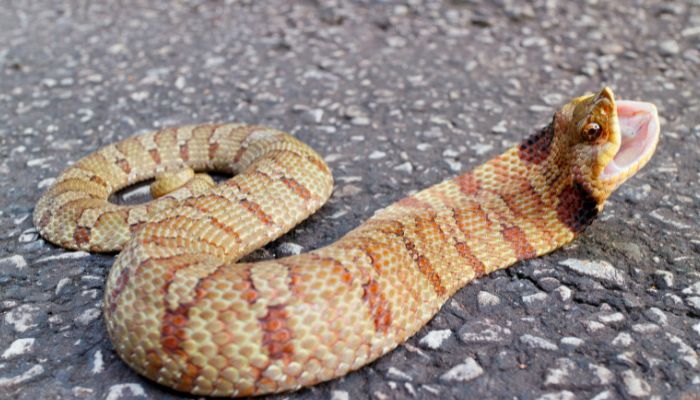
FAQ
Navigating the world of hognose snakes can be a journey filled with questions. Let’s tackle some of the most frequently asked questions about these intriguing reptiles.
Do Hognose Snake Bites Hurt?
In the grand scheme of things, a hognose snake bite is relatively mild. Most people compare it to a bee sting or a pinch. While there might be some discomfort, it’s generally not excruciating. However, everyone’s pain threshold is different, so reactions can vary.
What Happens If a Hognose Bites You?
If a hognose snake bites you, you might experience some redness and swelling at the bite site. There could also be a tingling sensation or slight itching. In rare cases, the symptoms might be a bit more pronounced, but severe reactions are uncommon. It’s always a good idea to clean the bite area with soap and water and monitor for any unusual symptoms.
Are Hognose Venomous?
Yes, hognose snakes are technically venomous. However, their venom is mild and primarily designed to subdue their prey, like toads. For humans, this venom poses minimal risk and is not considered dangerous.
Are Hognose Snakes Safe Pets?
Hognose snakes are popular pets in the reptile community due to their unique appearance and generally docile nature. With proper care, understanding, and handling, they can be safe and fascinating pets. However, like all pets, it’s essential to do thorough research and ensure you’re prepared for the responsibility.
Are Hognose Snakes Rear Fanged?
Absolutely! Hognose snakes are rear-fanged colubrids. This means their fangs are located further back in their mouths, unlike front-fanged venomous snakes. These rear fangs are adapted to help them feed on their preferred prey, like toads.

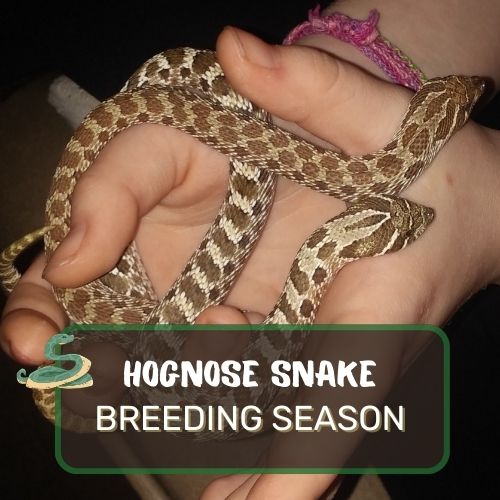
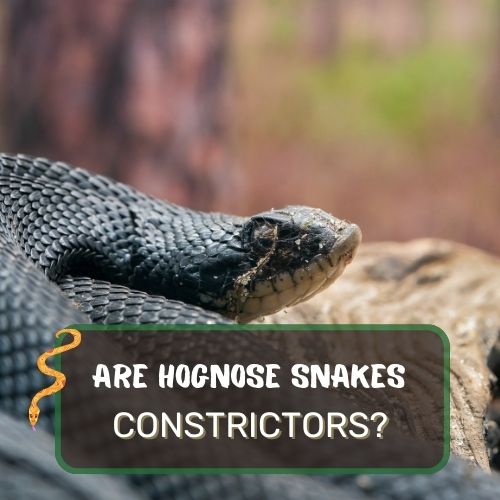
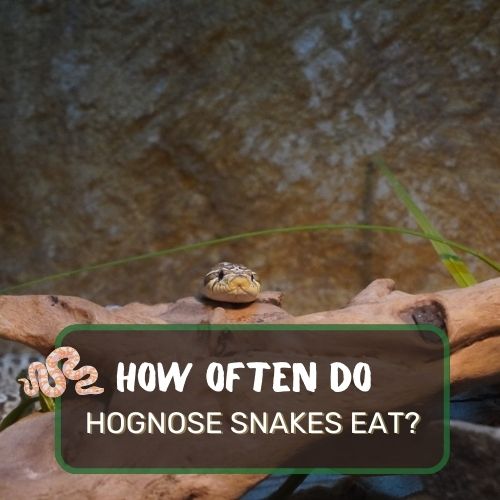
0 Comments